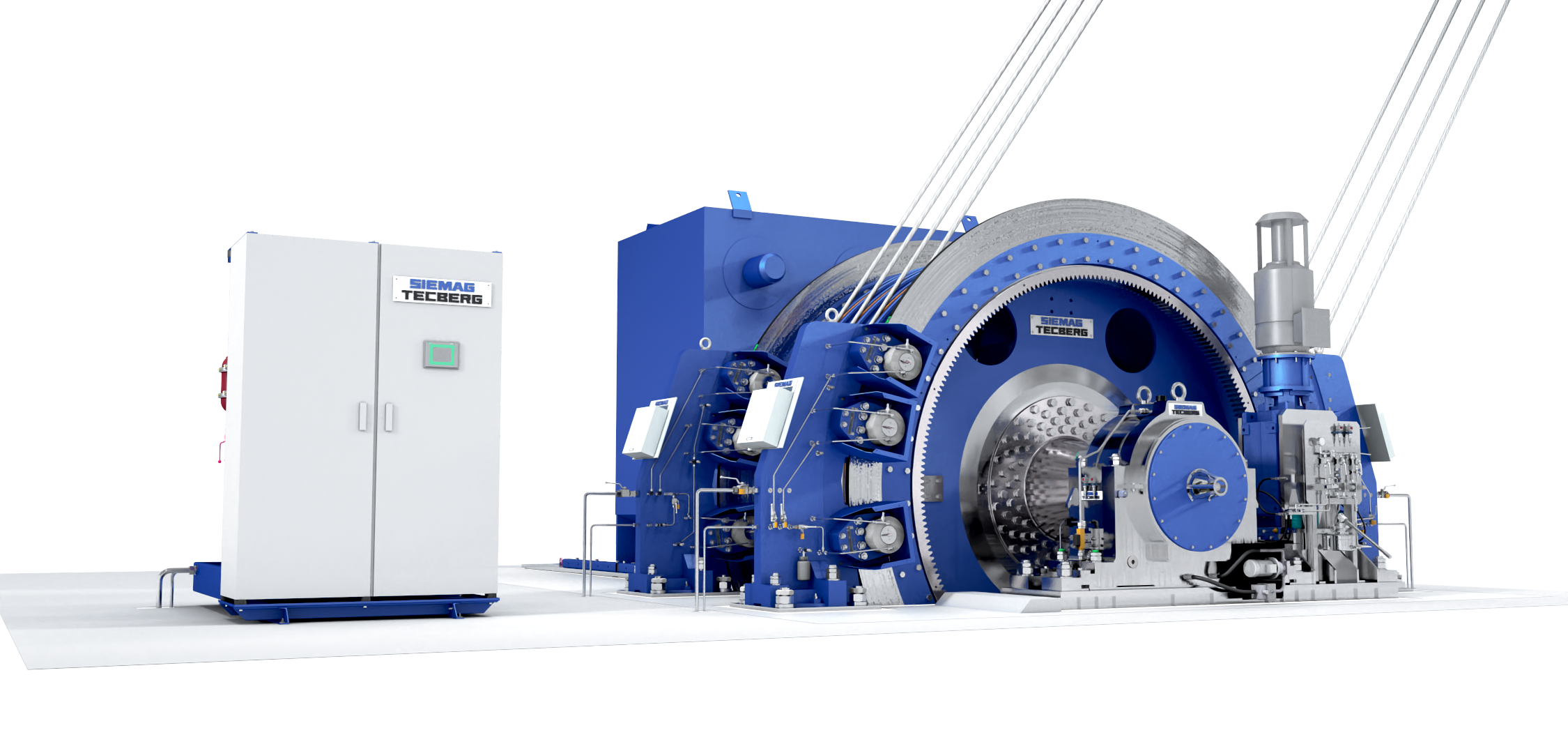Depending on the legal requirements in force, operators of shaft hoisting systems are required to compile a risk assessment that covers possible hazards in the operation of the system as part of their mine safety concept.
Since 2010, the SIEMAG TECBERG group has already been supporting its customers with the integration of functional safety (safety integration level = SIL) into a shaft hoisting system. Starting with the first systems, mainly in Australia and Canada, more than ten shaft hoisting systems have been subjected to an appropriate risk and hazard analysis for functional safety.
Holistic approach as unique selling point
Because the safety of acting persons is always taken into consideration, continuous technological enhancement in the area of functional safety is a matter of course for the SIEMAG TECBERG group. Particularly in the area of braking systems for shaft hoisting systems we are today able by means of intensive activities and measures to deliver holistically necessary safety functions up to a safety integrity level of 3 (SIL 3).
An important unique selling point for the SIEMAG TECBERG group is the holistic approach whereby the braking system in particular is also integrated jointly with the drive regulator (here also SIL 3). Only in this way a shaft hoisting system will fulfil the most important of all safety functions: safe braking of the system when a hazard arises.
Besides, the SIEMAG TECBERG group in its holistic approach always takes demands to shaft signalling equipment and shaft communication on the hoisting equipment into consideration.
Seamless and modular concept
The concept for the integration of functional safety in the SIEMAG TECBERG group’s shaft hoisting systems, which is subdivided into three modules, conforms to the requirements of DIN EN ISO 61508-2011, where the entire life cycle of a system is looked at in a total of 16 phases.
The central component of module 1 (phases 1-5) is the identification of possible risks to persons during the entire life cycle of the system and the setting up of safety functions derived from these hazards. Together with the system operator’s experts, possible hazards specific to the system are determined and assessed. Finally the necessary degree of risk reduction for each safety function is determined and assigned to the demands for overall safety.
Module 2 (phases 6-11) covers the planning and implementation of the determined safety functions. Starting from the specified required risk reduction, implementation for purposes of functional safety is planned, implemented and tested for each individual safety function.
In module 3 (phases 12-16) the construction, the commissioning, the operation, the demounting or conversion and last but not least the dismantlement of the system are examined.
| Year | Mine | Customer | Country | Scope of test/inspection Functional safety | Achieved |
| 2010 | CLARK | BHP OLYMPIC DAM | Australia | Brake | SIL 2 |
| 2012 | NORTHPARKS | CHINA MOLYBDENUM GROUP | Australia | Brake | SIL 2 |
| 2013 | K3 | MOSAIC | Canada | Brake | SIL 2 |
| 2013 | K3 | MOSAIC | Australia | Brake | SIL 2 |
| 2014 | TAHMOOR | SIMEC | Australia | Brake | SIL 2 |
| 2014 | PEABODY | PEABODY ENERGY | Australia | Hoist controller and brake | SIL 2 |
| 2016 | CSA COBAR | GLENCORE | Australia | Hoist controller and brake | SIL 2 |
| 2016 | CSA COBAR | GLENCORE | Australia | Hoist controller and brake | SIL 2 |
| 2017 | WHENAN SERVICE | BHP OLYMPIC DAM | Australia | Hoist controller and brake | SIL 2 |
| 2017 | WHENAN HAULAGE | BHP OLYMPIC DAM | Australia | Hoist controller and brake | SIL 2 |
| 2018 | KEMI | OUTOKUMPO CHROME OY | Finland | Hoist controller, brake, shaft signal system, cage telephone system | SIL 3 |




